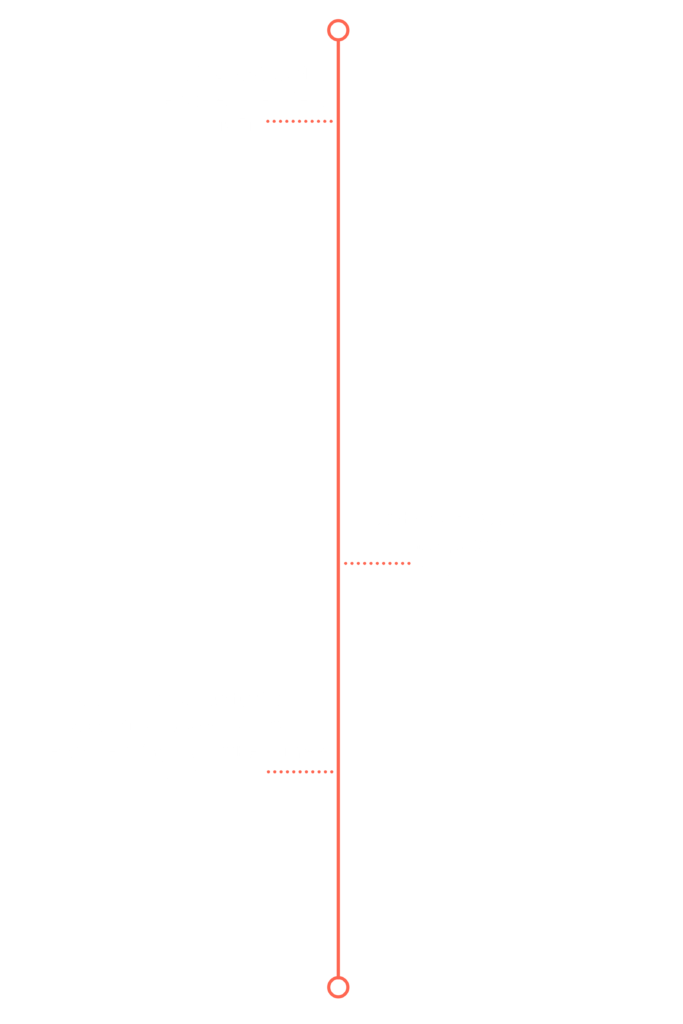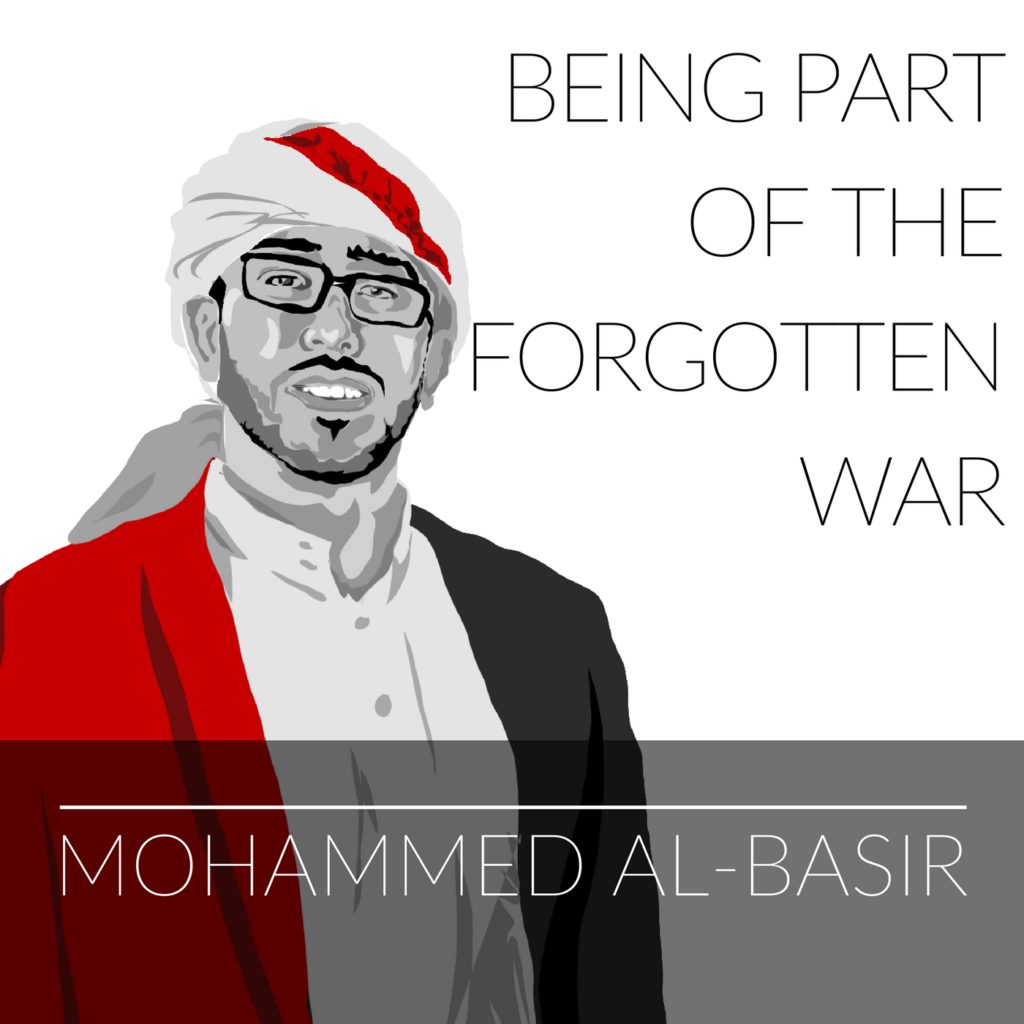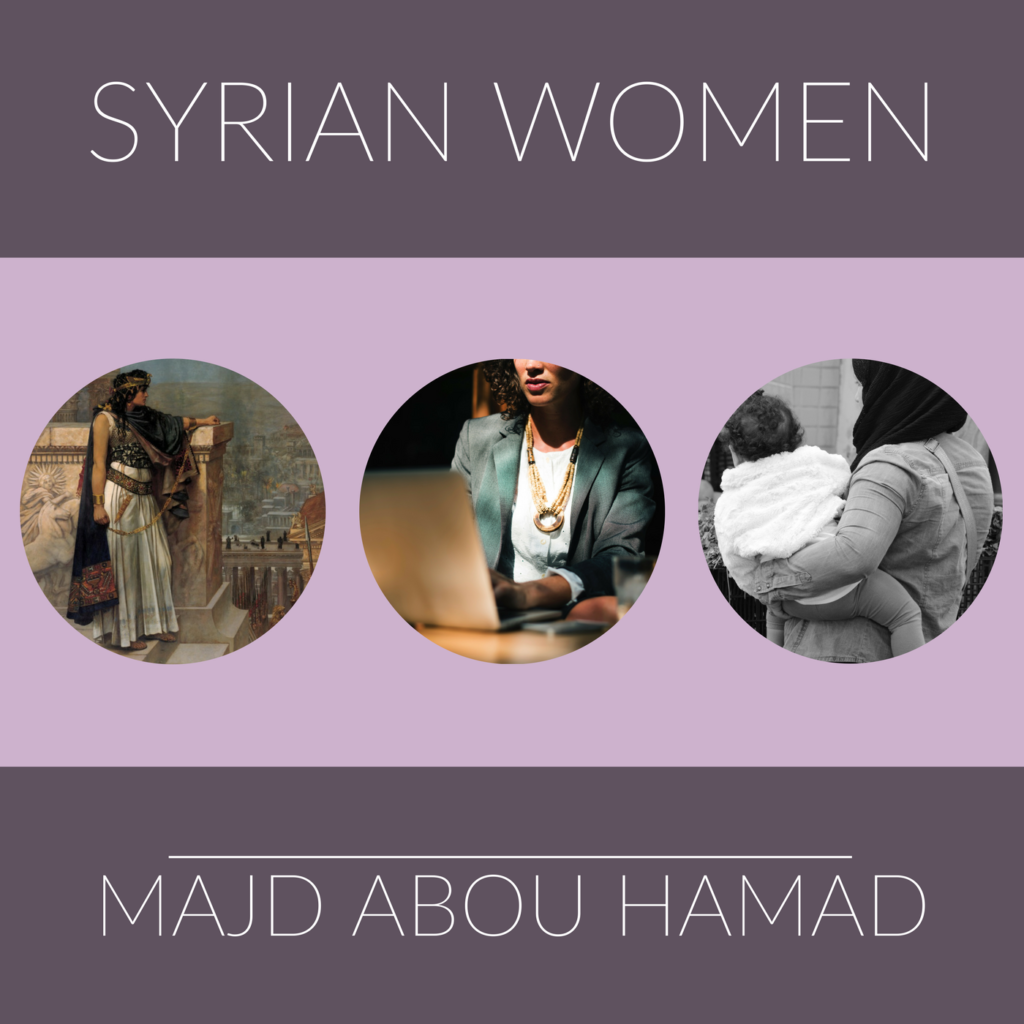The War in Syria
by Josephine Maqdissi
Syria has been the subject of discussion for the world because of the multiple parties that are involved in this war. Many articles and researchers talk about the Syrian war, but it is hard to find an article that includes all parts of the conflict without being prejudiced. Because of this, many people are confused about the root of this conflict. Finding out the reason behind the Syrian conflict is essential to finding a peaceful solution before it is too late.
Millions of Syrians have died, or been bombed, kidnapped or tortured because of this conflict (Toma and Bhabha 2015). In fact, Syria has lost half of its population since the war started (Barbash 2014). Because of this, many Syrians have been forced to flee as refugees, rather than risk their lives staying in their home country. There has been almost eight full years of constant inhumane acts in Syria, but many people around the world are not aware of what is going on in Syria.
It is a common belief that the conflict in Syria is a civil war, and there are countless articles and news reports describing it as such. However, this is not the only description that fits the conflict in Syria. It is true that the conflict started as a revolution. In 2011, 14 school children in Deraa wrote on a wall “the people want the downfall of the regime,” and the government arrested these children (Simpson 2013). The Deraa children incident motivated some Syrians to protest and start resisting the Assad regime. However, when the revolution started, it left the country vulnerable and created a political opportunity for other countries to influence and dictate what happens in Syria. A “proxy war” is a conflict between at least two opposite powers using other stakeholders as proxies to fight their wars in order to strike one another’s interests. Considering this, I argue that the conflict in Syria can also be described as a very complicated proxy war.
The Syrian conflict has a lot of distinct aspects to it. For example, the status of vulnerability in the country gave a window of opportunity to the likes of ISIS, Al-Nousra Forefront and many other Islamist groups to manipulate the situation. Due to the emergence of these extreme Islamist groups, first world nations like the United States and Russia have interfered for some obvious reasons, and some more underlying reasons. Some describe the war as ongoing to stop the extension of ISIS, while others see the conflict as a war for Syrian resources. Another perspective is that the conflict is between the two separate religious sects of Sunni and Shia. So what is going on in Syria? Is it a proxy war? A religious war? A political war? Or is it a civil war? Whatever type of war it is, this war aims to drain the Syrian resources, and Syrian people are caught in the middle causing massive suffering and trauma to innocent people.
Background

Hafez al- Assad ruled Syria for 30 years (Shaoul & Marsden, 2017) until he passed away. In 2000, his son Bashar al- Assad stepped up as president (Simpson 2013). In 2011, the Assad regime arrested the 14 children mentioned earlier in Deraa; the incident gave Syrians a further push to start anti-government protests (Simpson 2013). Government security forces responded by opening fire on the protesters which sparked further unrest across Syria (Simpson 2013). Kashanah (2014) believes that this revolution became a point of weakness, which other countries took advantage of in order to pursue their interests in Syria.
Syria's Valuable Natural Resources
The Syrian Arab Republic has many natural resources such as gas, oil and rich soil suitable for agriculture. Al Mohamad and Dittman (2016) state that first world nations are more interested in countries who have natural resources and it seems that Syria is one of them. The oil in Syria is one of the most vital economic components. Syria has 0.15% of the total world reserves of oil and before the conflict, the Syrian government gained around $4.1 billion from oil revenue each year (Al Mohamad and Dittman 2016). However, once the conflict began, Syrians have not profited from the country’s oil reserves. IS now control 80 percent of the Syrian oil fields, producing 65,000 barrels per day and selling each barrel for $16 to the world market through Turkey (Al Mohamad and Dittman 2016). The author sees Syria passing down the same road that Iraq has already travelled.
A Proxy War
The conflict in Syria involves a lot of complex components, and many nations and groups have vested interests in the outcomes. Al Mohamad and Dittman list the groups involved as: The Syrian Free Army, The Nousra front, Kurdish Forces, Isis and The Syrian Army. Many of these groups are supported by several allies (Carpenter 2013). Multiple external governments are supporting either the anti-government armed groups or the Assad pro-government groups. For example, Carpenter (2013) states that Turkey has funded the free army, and Israel is playing a role via Saudi Arabia and Turkey, and the United States wants Assad to fall by depicting him as the bad party in order to have more control over the Middle East. On the other side of the battle, Iran, Russia and China are external allies of the Assad regime (Simpson, 2013). For this reason, the Syrian conflict cannot simply be described as a civil war, we must acknowledge there is proxy warfare at play. Religion is used as an explanation that distracts from the real truth of the various vested interests that keep this conflict going. Since the beginnings of this conflict, many countries have entered Syria under the pretext of humanitarian aid (Kashanah 2014), however it would be naïve to think that Syria’s natural resources are not an incentive.
The Humanitarian Consequences
The humanitarian side of the Syrian war has not been given enough attention. In 2015, more than 1.5 million Syrian people were displaced, either having to leave their city or flee the country entirely (Blasari, Abisaab, Hamill and Leaning 2015). People living in refugee camps located on Syria’s borders must endure harsh living conditions (Blasari, Abisaab, Hamill and Leaning 2015). For people inside of Syria, life is also very hard as they live with the danger of bombs; schools and hospitals being attacked daily (Elsafti, Berlaer, Al Safadi, Debacker, Buyl, Redwan and Hubloue 2016).
Grownups have the ability to understand the injustice, accept the uncertainty and protect themselves from danger. But for most children, they have lived with this war for the majority of their life so far. They have never had the chance to attend a school or know how it feels to be safe, and are much more vulnerable. Five percent of Syrian children have a missing or deceased parent, more than 50% of school aged children are not students, and 16% do not have access to safe water or healthy food (Elsafti, Van Barlaer, Al Safadi, Debacker, Redwan and Hubloue 2016). Children are suffering both inside and outside of Syria because of this conflict. In 2013, sixteen refugee children froze to death in a refugee camp, and this happened again when two toddlers froze to death in 2015 (Blasari, Abisaab, Hamill and Leaning 2015). Syrian children are also more vulnerable to abuse, and chronic disease (Elsafti, Barlaer, Al Safadi, Debacker, Redwan and Hubloue 2016).
Syrian children are the forgotten kids. These humanitarian tragedies are being silently watched and ignored by the rest of the world. Why isn’t more being done to save them? Is oil, gas and money more important than children’s lives and people’s souls?
The Media's Role
The Syrian conflict is complex, and oversimplified or conflicting reports about it are widespread. It is no wonder that most people are misled or confused about the conflict. Most news channels have a bias or hidden interest in the conflict. Because of this, news reports often lead the public to believe that it is only a civil war. Reports about the outside vested interests that continue to fuel this conflict are uncommon. This does a huge injustice to the complex reality of the situation.
Social media also plays a large role in recording and reporting the conflict to the western world. But can social media be considered as a trusted source for information about the Syrian conflict? Social media can be used as an instrument of war as it influences external perception of the situation in Syria (Meis 2017). In particular, social media platforms such a Facebook, YouTube and Twitter are essential sites for the distribution of political propaganda (Hyunjin and Ebrahim 2016). More than half of the Syrian population does not have internet access, while terrorists groups such as IS are provided with satellite cell phones from their external allies (Rohde, Aal, Misaki, Weibert and Wulf 2016). This is problematic because it means extremist groups have access to social media and can manipulate newsfeeds, while many Syrian civilians are left voiceless in online spaces.
What Now?
The root of this conflict is still confusing to international society and even to Syrians themselves. In order to find a solution, and put the Syrian tragedies to an end, the complex reasons behind the war must be revealed. We can no longer think of this conflict as a civil war, we must acknowledge the full complexity of the conflict, and the international community must be made aware of the harmful effects that external intervention has had in complicating the Syrian conflict. Interventions from Western countries in conflicts occurring in Arab nations are becoming more and more common (for example in Iraq). Interventions from any external region must not be so easily accepted, because they often make conflicts more complex and harder to resolve.
We must also turn our attention to the funding of Terrorist groups. For years now, Eastern countries have been suffering at the hands of terrorist groups. These groups have entered multiple Eastern countries, and also attacked many others including western countries. This is a global crisis. But who is funding these dangerous groups? Almost eight years of war has left Syria financially broke, however ISIS, the Noursa Front and many other extremist groups still have the money and resources to continue fighting. If all governments around the world are really against terrorism, how do terrorist groups still have the resources to enter countries and fight? This needs to be our focus now if we really want to stop innocent people from suffering. It is time for countries to band together, to respect each other, and to look squarely at this problem in order to protect everyone’s right to a safe life.
Further Reading/Referencing:
Al Mohamad, H., & Dittman, A. (2016). Oil in Syria between terrorism and dictatorship. Social Sciences, 5(2), 1-16.
Balsari, S., Abisaab, J., Hamill, K., & Leaning, J. (2015). Syrian refugee crisis: When aid is not enough. The Lancet, 385(9972), 942—943.
Barbash, F. (2014). U.N.: Nearly half of Syria’s population uprooted by civil war. The Washington Post. Aug 29, 2014.
Carpenter, T. G. (2013). Tangled web: the Syrian civil war and its implications. Mediterranean Quarterly, 23(1), 1-11.
Elsafti, A. M., Berlaer, G. V., Al Safadi, M., Debacker, M., Buyl, R., Redwan, A., & Hubloue, I. (2016). Children in the Syrian civil war: The familial, educational, and public health impact of ongoing violence. Disaster Medicine and Public Health Preparedness, 10(6), 874-882.
Kashanah, K. (2014). The Syria crisis: A systemic framework. Contemporary Arab Affairs, 7(11), 1-22.
Meis, M. (2017). When is a conflict a crisis? On the aesthetics of the Syrian civil war in a social media context. Media, War and Conflict, 10(1), 69-86.
Rohde, M., Aal, K., Randall, D., Weibert, A., & Wulf, V. (2016). Out of Syria: Mobile media in use at the time of civil war. International Journal of Human-Computer Interaction, 32(7), 515-531.
Seo, H., & Ebrahim, H. (2016). Visual propaganda on Facebook: A comparative analysis of Syrian conflicts. Media, War and Conflict, 9(3), 227-251.
Shaoul, J., & Marsden, c. (2017). The bitter legacy of Syria’s Hafez al-Assad.
Simpson, A. l. (2013). Syria as a case study across units 3 & 4 global politics. Ethos, 21(2), 12-14.
The International Institute of Humanitarian Law and Terrorism and Goerge C. Marchall Center, (2017). Terrorism and international law: Challenges and responses.
Toma, W., & Bhabha, J. (2015). Syrian refugees desperately need our help. CMAJ: Canadian Medical Association, 185(16), pp. 1464.
Do you choose to see the author, knowing that this is one of many stories they have to tell?
Choose another story:
Share this page:
Site made by Freya Wright-Brough 2018
This website is research data. This data is not open to other researchers.


